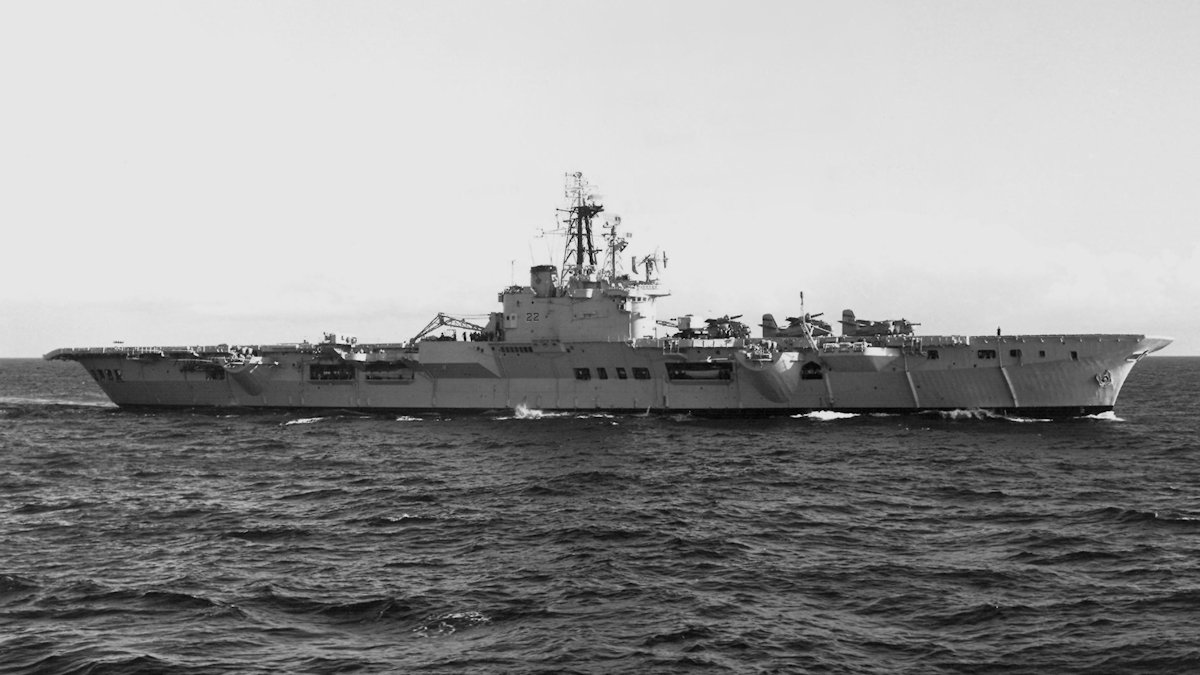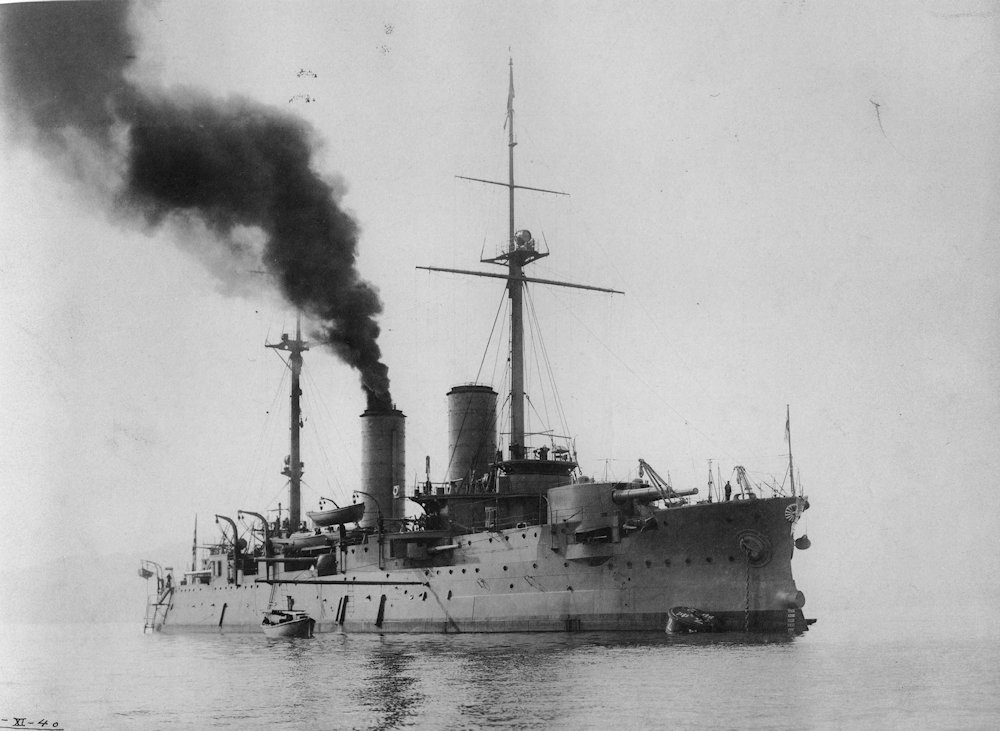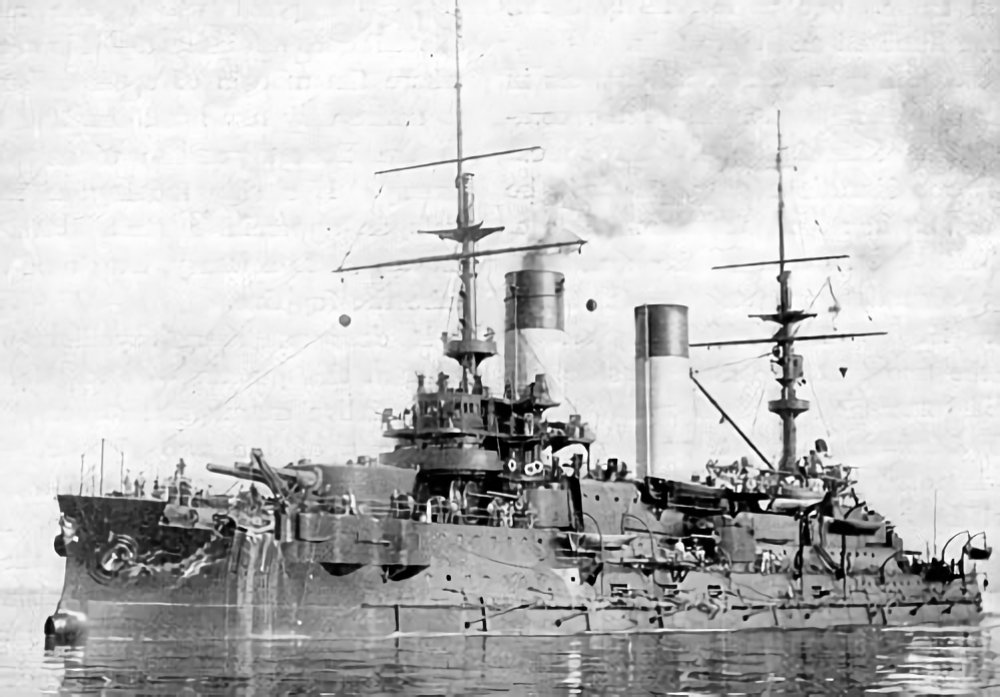Tag: Military
-
Canadian Aircraft Carrier HMCS Bonaventure

Canadian Aircraft Carrier HMCS Bonaventure Originally built for the British Royal Navy as HMS Powerful, HMCS Bonaventure was a Majestic-class aircraft carrier operated by the Royal Canadian Navy. Laid down on 27 November 1943 as HMS Powerful, she was incomplete at the end of the Second World War and work on her was halted. Canada… Read more
-
Japanese Battleship Iwami

Japanese Battleship Iwami Iwami was a Borodino-class pre-dreadnought battleship captured by Japan after the Battle of Tsushima on 27 May 1905. Renamed Iwami, she was rebuilt between 1905 and 1907 and she was commissioned into the Imperial Japanese Navy on 2 November 1907. At the start of the Japanese intervention in Siberia during the Russian… Read more
-
Russian Battleship Orel

Russian Battleship Orel Launched on 19 July 1902, Orel (sometimes Oryol) was a Borodino-class pre-dreadnought battleship built for the Imperial Russian Navy. Entering service in October 1904, she sailed on 15 October 1904, with the Second Pacific Squadron to break the Japanese blockade of Port Arthur. The Japanese captured the port while the squadron was in… Read more